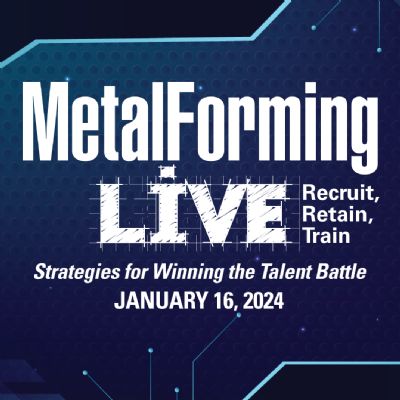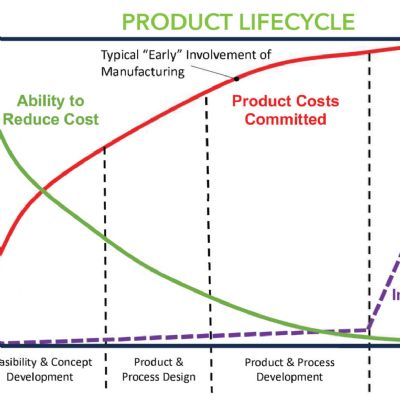 Brad Kuvin
Brad KuvinKaikaku vs. Kaizen
April 1, 2015Comments
Metalforming and fabricating companies undoubtedly have become very familiar with the Japanese business concept of kaizen. It preaches the philosophy of making incremental (and relatively minor) changes in processes and procedures to drive continuous innovation. While we all should (and most, I believe, do) practice this philosophy day to day, our industry’s future prosperity rests on another Japanese business concept—kaikaku.
Literally translated, kaikaku means “radical change.” Kaikaku projects introduce totally new ideas or production techniques, and often new capital equipment. As such, these projects typically are initiated by top management because they’re more costly to implement and must yield a greater return than the typical kaizen project. I’ve heard of kaizen ideas returning 5- to 10-percent gains; kaikaku events should yield 30-percent gains or greater.
I recently experienced a kaikaku-like information download at The MFG Meeting in Orlando, FL (March 4-7). Programming was delivered to stir up new ways of leading our industry to future prosperity. Kickoff keynoter George Blankenship (former Apple Inc. and Tesla Motors executive) told the engaged audience of executives, “Customers want suppliers that innovate. If you don’t, someone else will. You have to push beyond the limits.”
I’ve written plenty about innovation in this space in recent months, with a focus on sensors and controls. And that theme rang true at The MFG Meeting as well, in particular when Blankenship relinquished the stage to PTC executive Rob Gremley. Executive vice president of two PTC business segments—Internet of things (IoT) and service lifecycle management—Gremley shed light on how IoT strategy is rapidly moving beyond tech-geek discussions and into manufacturing operations.
The IoT discussion points to the dawn of the smart factory—and make no mistake, the sun is rising on this important innovation strategy, fueled by the development of the industrial Internet and mobile-device apps for metalforming-related operations. Low-hanging fruit includes performance-based maintenance scheduling. As described by Gremley, this takes predictive/preventive maintenance to a new level. For example, with sensors connected to a stamping press, whose data is delivered via the Internet to a mobile app, technicians can receive immediate feedback on key performance variables. Hence, there’s no need to create and adhere to maintenance schedules based on theoretical, predicted performance.
After listening to Blankenship, Gremley and others expound on innovation at the highest level, it was refreshing to hear speakers offer some practical advice. Such was the case when Laurie Harbour, Harbour Results, Inc., presented her “Five Best Practices that Impact Your Business Today: Preparing for Future Success.” Among them, Harbour recommends that companies conduct a talent/task-alignment exercise.
Using this exercise, companies would strive to assign highly skilled employees to those tasks that require the most skill. Sounds simple, but I’m sure—and so is Laurie—that most if not all shops have their skilled employees performing at least some tasks better left for less-skilled people. The end result of aligning your task list to your skill inventory is, perhaps, the realization that your skilled-labor shortage may not be as critical as you think.
That sounds like kaikaku to me.
Technologies: Management
Comments
Must be logged in to post a comment. Sign in or Create an Account
There are no comments posted. Management
ManagementMetalForming LIVE 2024: Recruit, Retain, Train
Monday, January 22, 2024
 Webinar
Webinar  Management
ManagementDesign for Manufacturing
Peter Ulintz Friday, October 27, 2023







 Podcast
Podcast